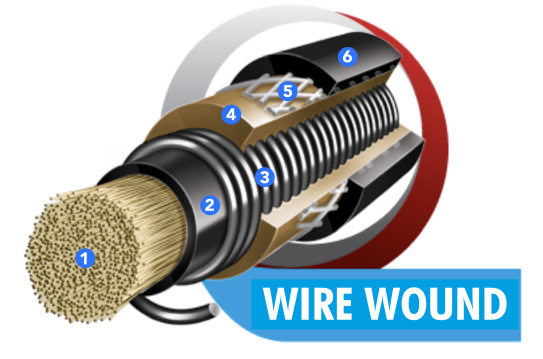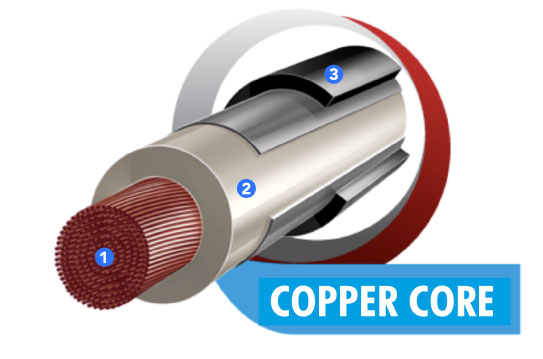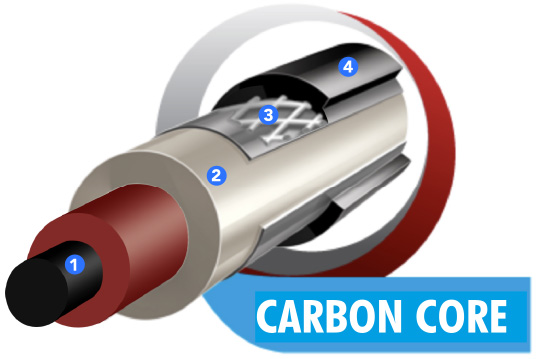News
Auto News
The More Difficult Five Years in the Future? Half of Six Auto Groups Lower “13th-five” Targets
On April 26th, the biggest six Chinese auto makers, SAIC, Dongfeng Auto, FAW Group, Changan Group and BAIC announced their respective “13th-five” plan on 2016 China Auto Forum. Compared with the “12th-five” plan, half of them have lowered the sales targets. In fact, none of the above six groups have completed their 2015 sales targets. Their respective “12th-five” targets are 6m, 5m, 5m, 5m, 3.5m and 3m units respectively. And the real sales volumes are 5.86m, 3.87m, 2.84m, 2.78m, 2.49m and 1.3m units respectively. Based on their future prediction, six groups have made restrained plans. Dongfeng Auto, SAIC, Changan Group, BAIC Group and GAC Group set a respective plan of 5m, 4m, 4.4m, 4.5m, and 2.4m units by 2020. Except for BAIC and Dongfeng Auto, which set a higher and levelling sales target respectively, other groups all have a lower target.
However, although some companies have cautious plans, the six groups have speeded up their layouts in alternative energy vehicles and smart cars. SAIC plans to input more than 20b Yuan and more than 30 new models in the alternative energy area, and sets a sales target of 600,000 units, including self-owned brands of 200,000 units. Dongfeng plans to sell 300,000 units alternative energy vehicles by 2020. FAW Group plans to input 18b Yuan in the future ten years in alternative energy area, selling vehicles up to 400,000 units, accounting for 10% of the total sales. BAIC and GAC plans to sell 500,000 and 200,000 units alternative energy vehicles respectively by 2020.

BMW Q1 profit falls nearly 3% on currency, development spending
FRANKFURT -- BMW's first-quarter operating profit slid 2.5 percent due to currency headwinds, pricing pressure and higher investment in new technologies such as self-driving cars. Earnings before interest and taxes (EBIT) dropped to 2.46 billion euros ($2.84 billion) from 2.52 billion euros a year earlier, BMW said in a statement today. Net profit improved by 8.2 percent to 1.64 billion euros. Revenue was down 0.3 percent to 20.85 billion euros as the value of the British pound and the Chinese renminbi against the euro offset rising vehicle sales, BMW said. Sales of BMW, Mini and Rolls-Royce vehicles rose 5.9 percent to a new quarterly record of 557,605 units. The return on sales at BMW's automotive division narrowed to 9.4 percent from 9.5 percent a year earlier, in its target range of 8-10 percent. BMW managed to keep ahead of close rival Mercedes-Benz in profitability in the first quarter, as Mercedes spent on its growth push. BMW's automaking margin beat the 7 percent posted by Mercedes. BMW CEO Harald Krueger said the quarter was hit by a "volatile" environment. "The decisive factor for us is not short-term profit but sustainable, profitable growth," he said in the statement. "We intend to play a pioneering role in transforming and shaping the world of individual mobility going forward," said Krueger, who in March presented his new business plan focused on electric and self-driving cars. BMW has seen sales momentum slow down in China, the world's biggest car market, as it prepares to launch new models such as the long-wheelbase version of the X1 SUV.
Alternative energy vehicles sales back on increase this March, driven by carmakers
It’s known by the reporter of National Business Daily, Chinese self-owned carmakers, including BYD, JAC, BAIC and ZOTYE AUTO, have all debut their new models at the 2016 Beijing Auto Show. The number of alternative energy vehicles has totaled 147 models at the show, which reflected that carmakers hadn’t slowed down their efforts towards alternative energy vehicles despite that Chinese government’s subsidy for these models has been decreasing.
Driven by the carmakers’ efforts, the sales of alternative energy passenger vehicles in Chinese auto market has finally shake off the shadow and back on increase this March, up by 60% compared against last March. The sales of alternative energy vehicles has totaled 39,500 units in the first quarter of 2016, with average monthly sales of more than 13,000 units.
Cui Dongshu, General Secretary of China’s Passenger Car Association, said that the decrease in alternative energy vehicles sales this January and February was mainly influenced by the adjustment newly introduced by China’s Thirteenth Five-Year Plan. Other industrial expects also expected more increase in the segment of alternative energy vehicles.
According to China’s Passenger Car Association, China’s domestic alternative energy passenger vehicles sales totaled 15,623 units this March, up by 59.6% compared against last March, largely contributed by BYD, BAIC and JAC. To be more specific, BYD topped the sales chart with 7,213 pure battery vehicles and plug-in hybrids, making up 46.2% of the total sales in China’s alternative energy vehicles segment. BAIC and JAC ranked second and third place with 2,426 and 1,802 units respectively. These top 3 alternative energy vehicles manufacturers by sales accounted for 73.2% of the total sales. To be noted, to align with Chinese consumers’ interests in SUVs, many carmakers also introduced alternative energy SUVs, including BYD Yuan, BAIC EX200 and JAC iEV6S, which will also boost the sales of alternative energy vehicles.









